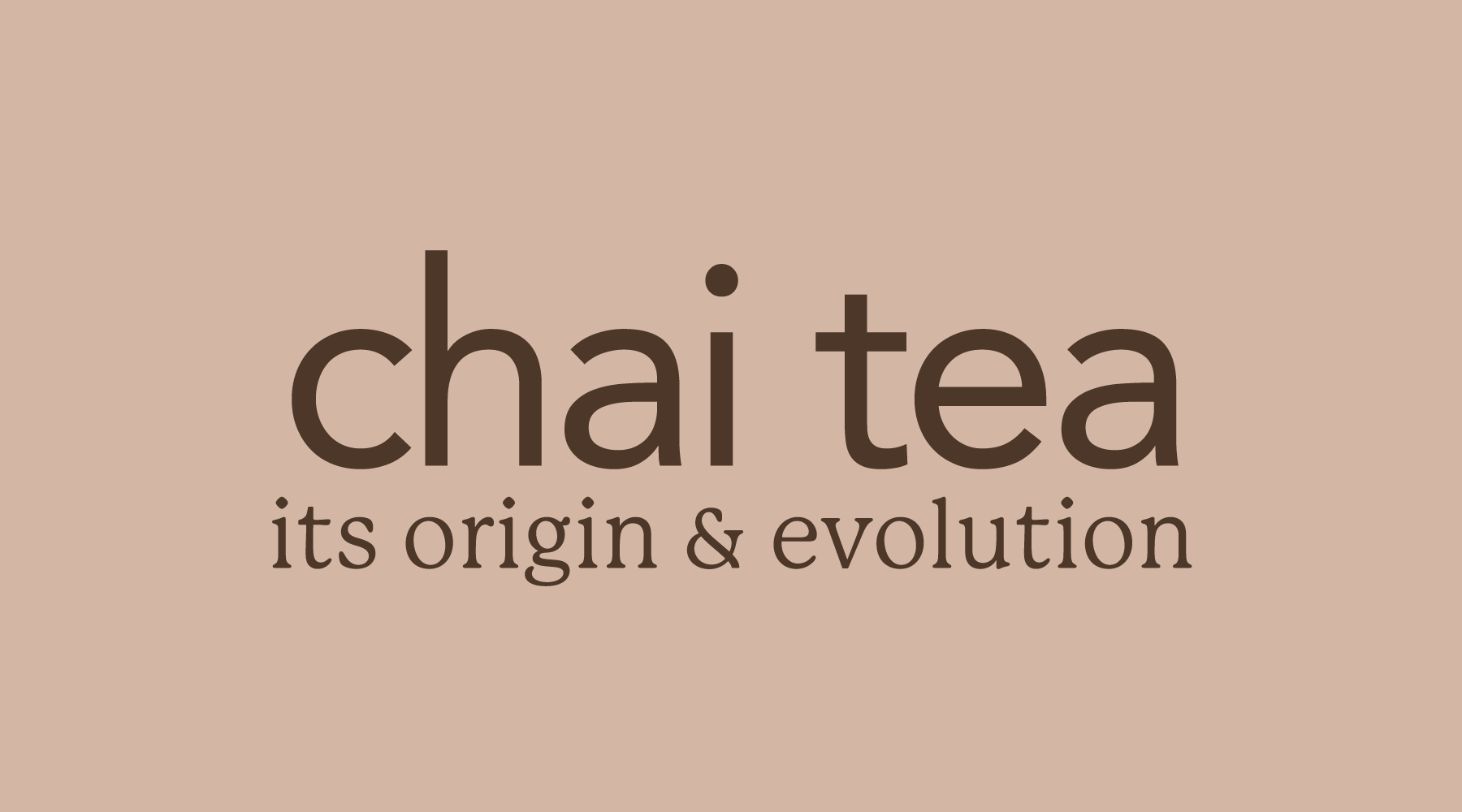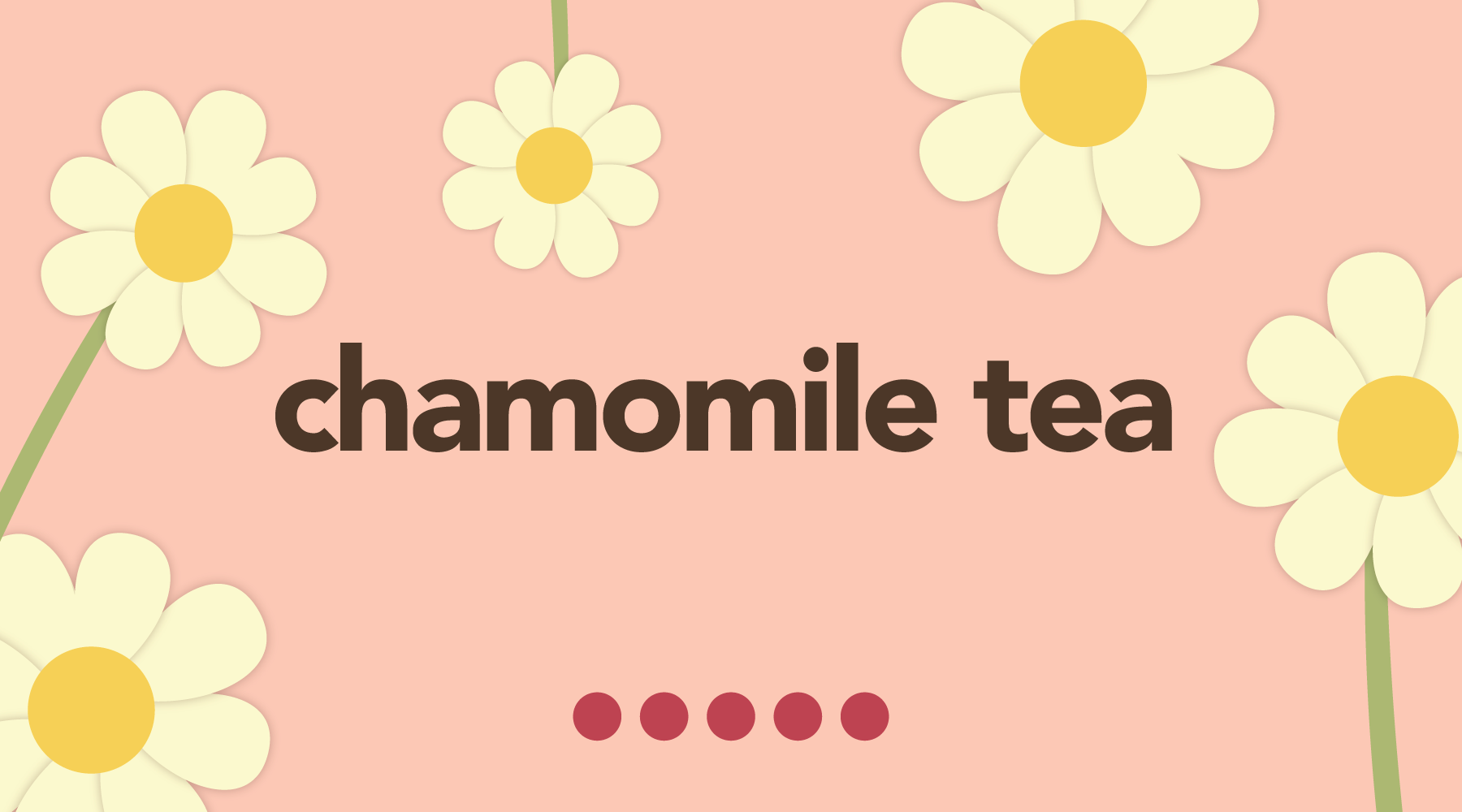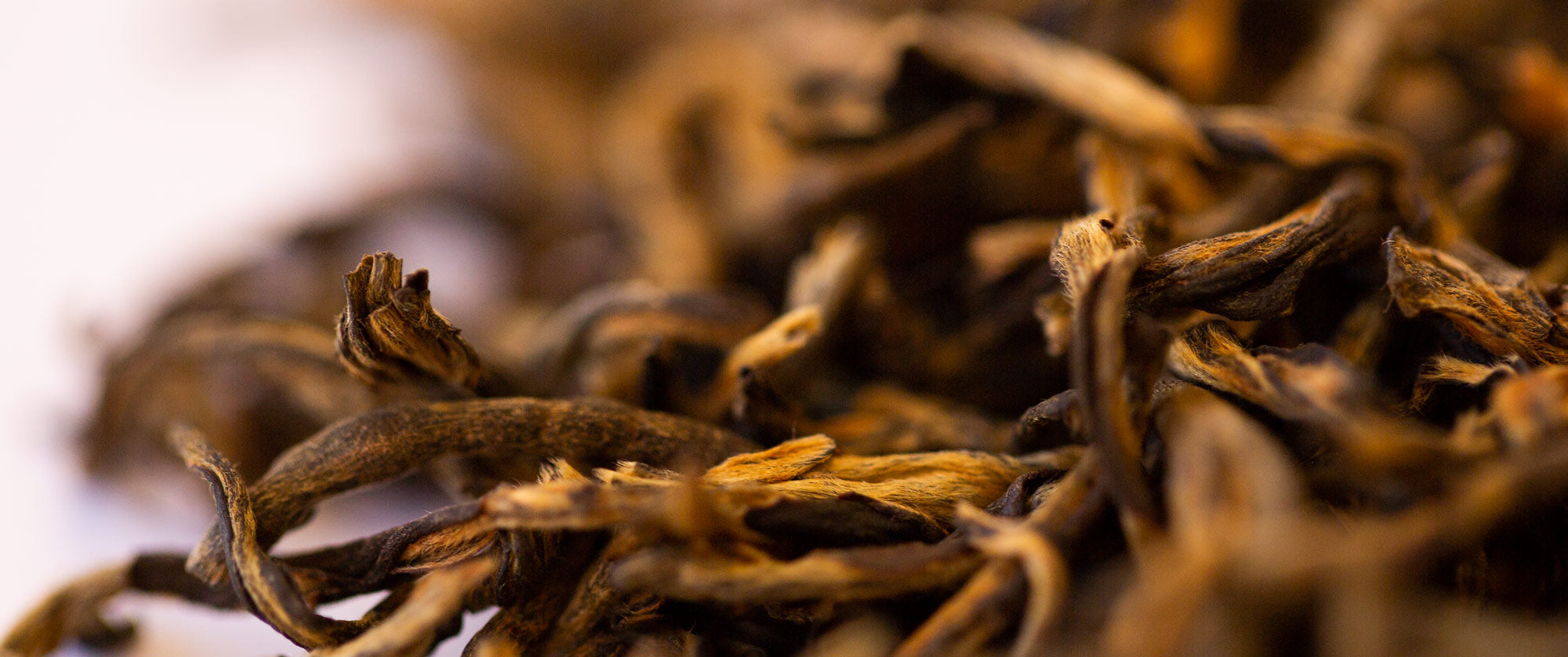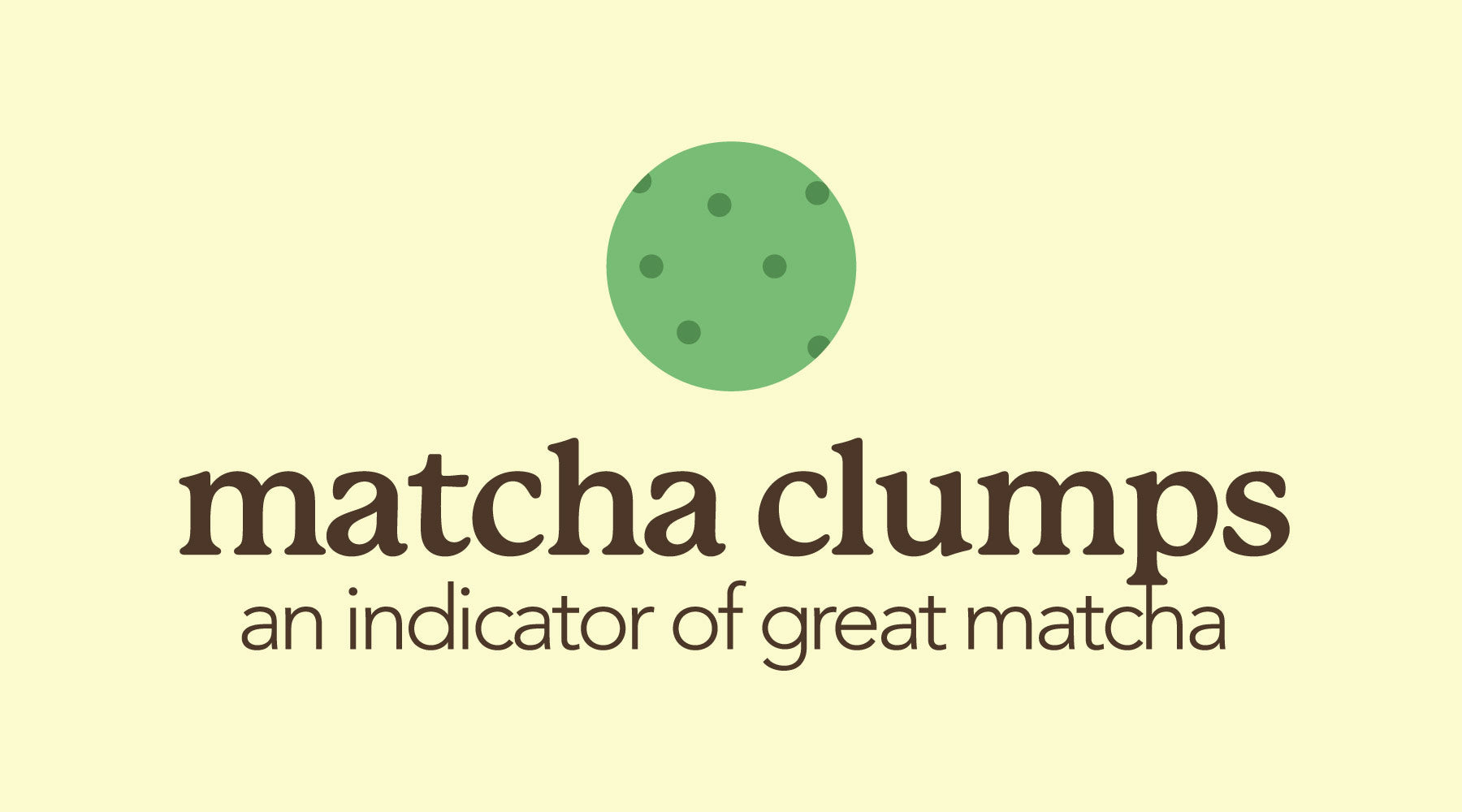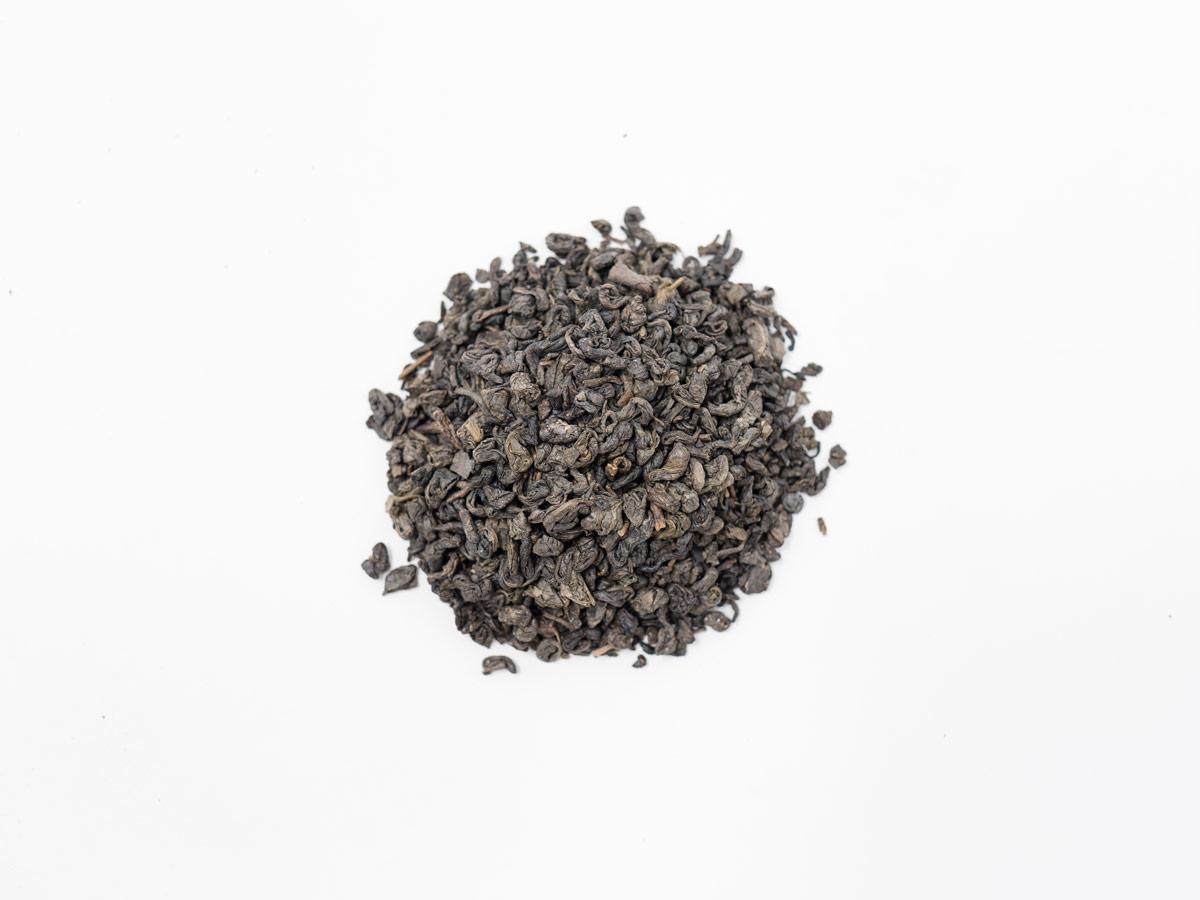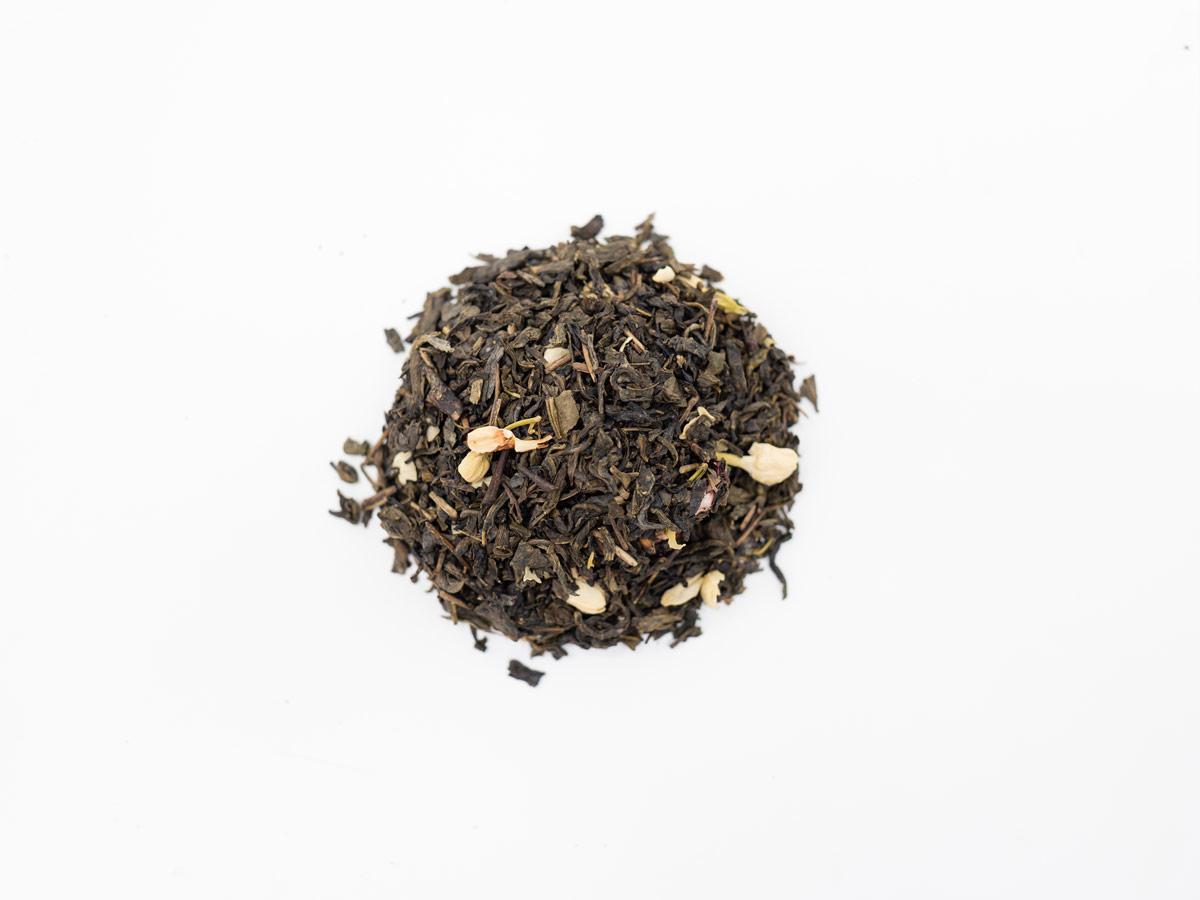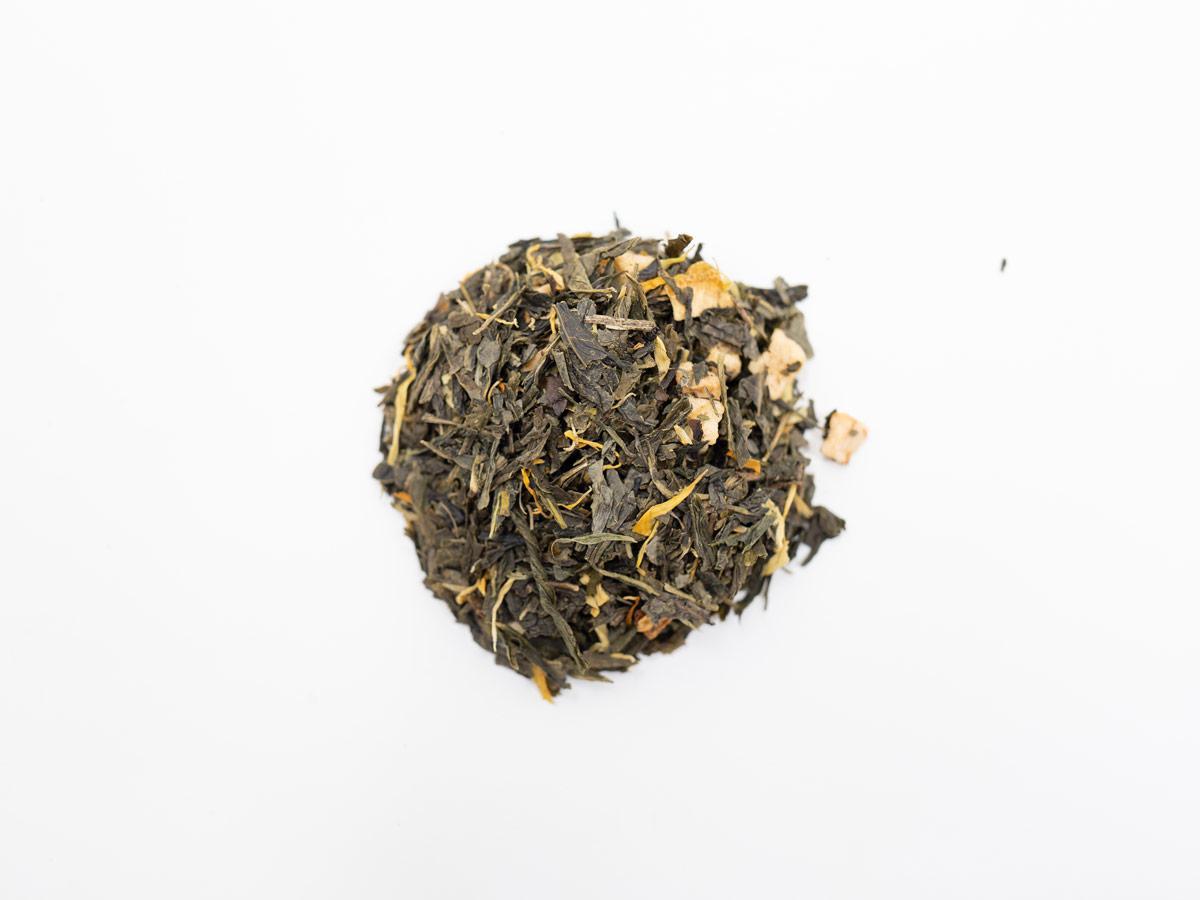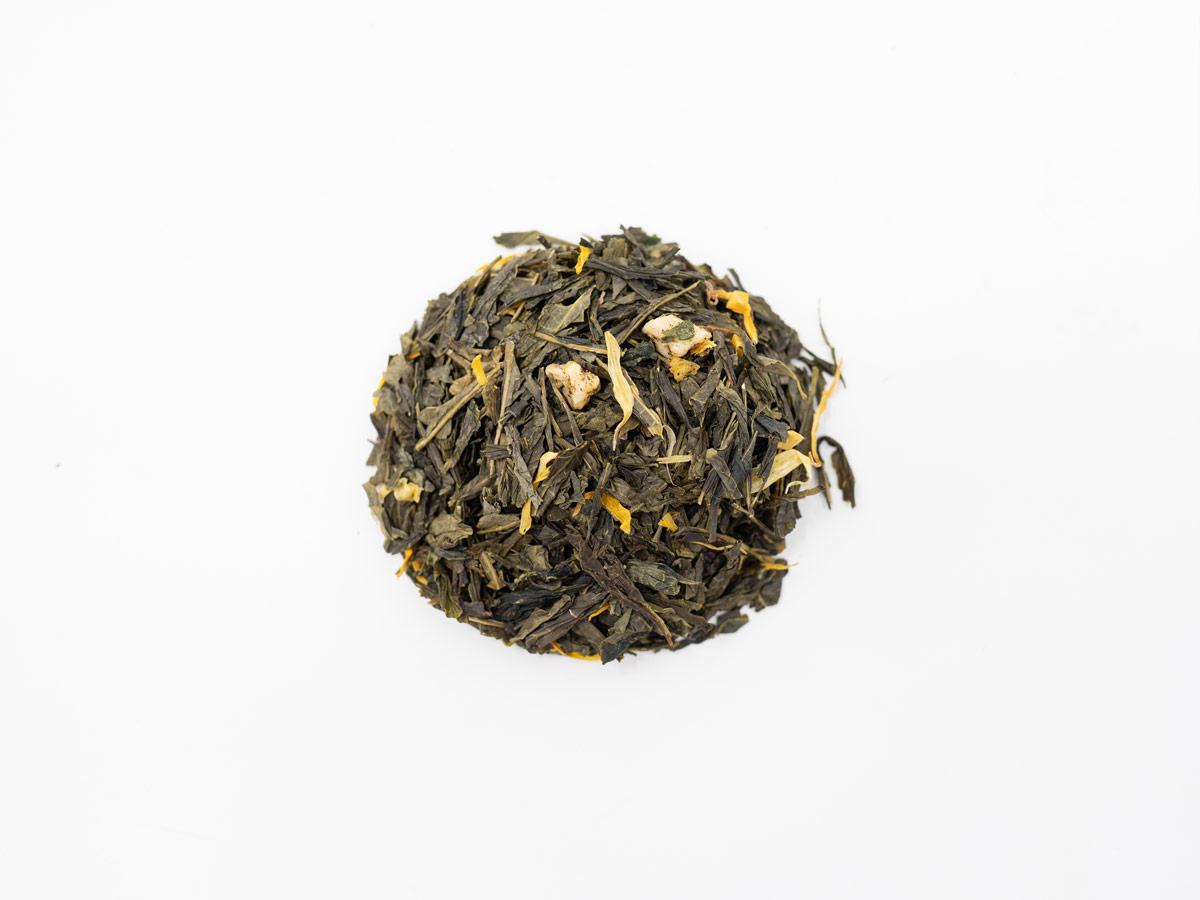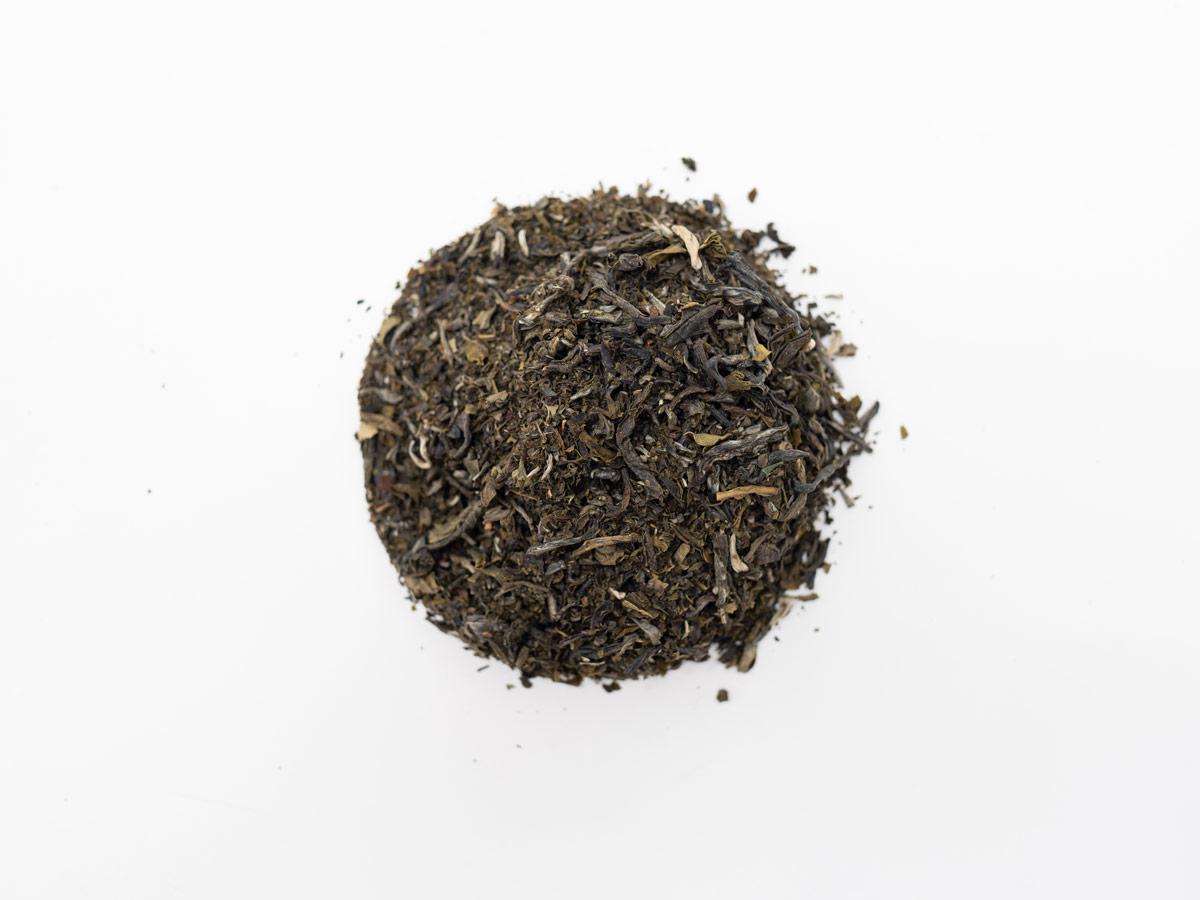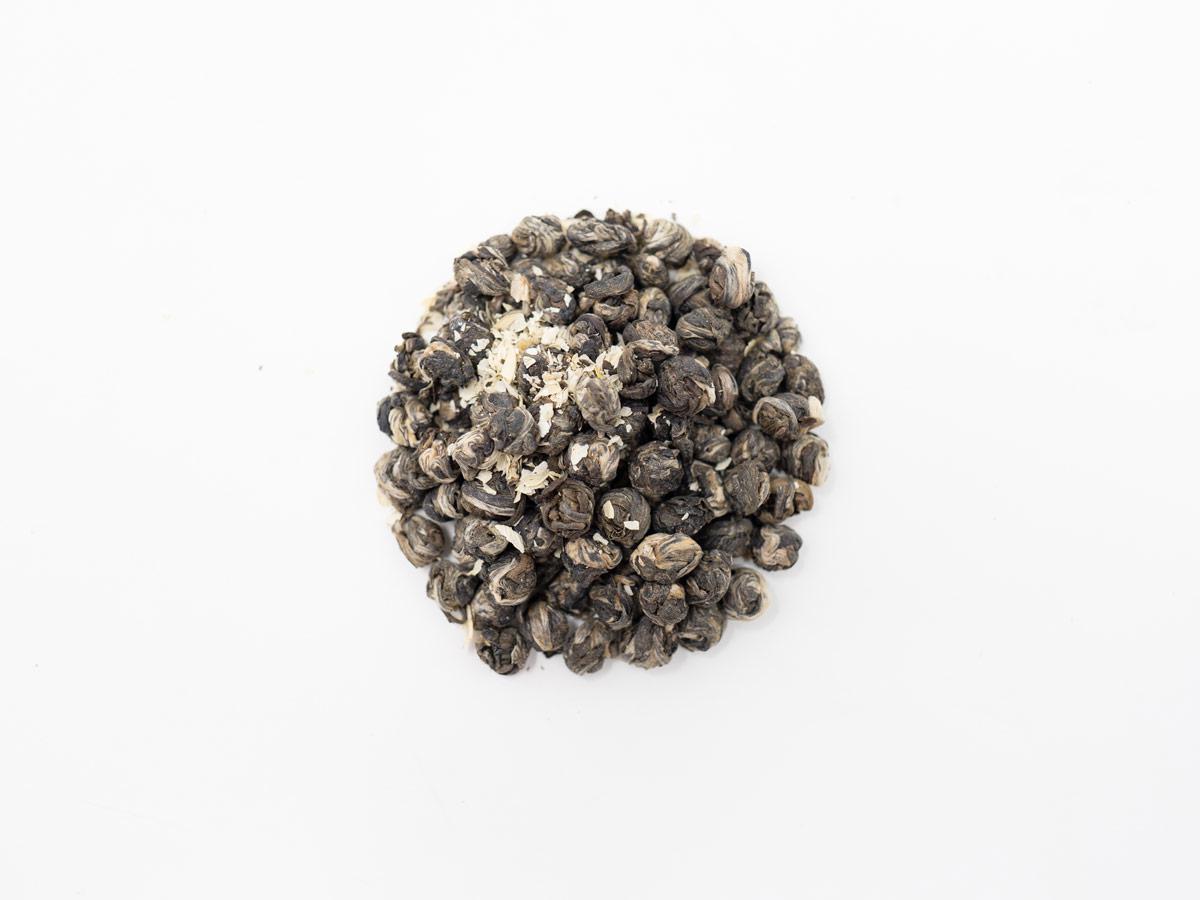There are many different ways of getting your caffeine kick in the morning. You can drink coffee which is probably the most popular way to get a good dose of caffeine. But, you might not be a coffee drinker, so you drink tea instead. If you're passionate about tea, you'll take your tea drinking a step further, and you'll drink matcha. You can still take drinking tea to an even higher level by drinking ceremonial-grade matcha. Ceremonial-grade matcha is the highest quality you can find when it comes to matcha. It's a delicacy. It's meticulously processed, and so it should be meticulously prepared. Preparing matcha, primarily ceremonial grade matcha, should be done meticulously and carefully. You may find that, at times, it's clumpy. Before you assume that it means the matcha is bad, clumping is actually a sign of high-quality matcha. I'll explain why.
First, understanding what makes ceremonial-grade so unique is a good foundation for understanding why it might clump. Farmers use meticulous practices from beginning to end, and the commitment to high quality is second to none. When you see clumps, it's actually a reminder of just how hard farmers have worked through the whole process. As a matcha drinker, it's your turn now to prepare it with meticulous care so you can enjoy it the way farmers intended you to.
Why is Ceremonial Grade Matcha Special?
1) Growing
In the growing process, one of the components that makes matcha ceremonial-grade is that it is shade-grown. As harvest time approaches, leaves are shaded to encourage the growth of chlorophyll and the overall growth of the leaves. The leaves become more prominent and grow in their brightness, making them the best of the best.
2) Harvest
Ceremonial grade matcha comes from exclusively the best, most significant, and brightest leaves from the first harvest. Since they are only picked once a year, they are rarer than other leaves and handled with great care.
3) Processing
Tea leaves oxidize quickly. Tea leaves for matcha must be steamed and dried quickly to prevent oxidation. To get the best leaves, oxidation must be stopped as quickly as possible to retain the leaf in its purest state.
4) Grinding
After so much care in growing, harvesting, and processing, the grinding process is just as meticulous. Leaves are slowly stone ground until it's a fine powder. This is the step that makes the most significant difference when it comes to clumping. When matcha is stoned ground, it's ground until it reaches a flour-like substance. It's so fine that it must be stirred enough, or clumps can form when adding water. Sometimes sweetening agents break up clumping, making it easier to prepare, but those sweetening agents also reduce the quality of matcha. Clumping is often a sign of high-quality matcha, even though it can be an inconvenience to deal with.
5) Storing and Distributing
Like all the other steps in the growing and processing of matcha, the storing and distribution process also requires meticulous care. Matcha must be stored in a cool and dry place. If you read our history of matcha blog, you'll read that in ancient days, matcha would be stored in ceramic jars up high in the mountains where the temperatures were cold. It's no different now. It might not be stored up high in the mountains, but keeping it in a cold environment is really important to maintain its freshness. Since only the leaves from the first harvest are selected, picking ceremonial-grade matcha only happens once a year. Storing it to make sure it meets the demands of matcha drinkers is really important.
6) Preparing
Preparing matcha correctly will make all the difference when you're trying to prevent clumping. Using the traditional bamboo whisk is ideal and making sure that you stir using a W shape until it bubbles will go a long way to avoid clumping. You might want to move the matcha around your bowl to make sure you've smoothed out all of the matcha. The right amount of water is also essential. If you're not a matcha purist and want to use a hand frother, those are highly effective in dissolving any clumps you might have. It depends on how you prefer to prepare your matcha and how traditional you choose to be.
Why Does Matcha Clump?
The main component of matcha processing that contributes to clumping is the grinding process, as mentioned in the overview of why ceremonial-grade matcha is special. Using stone grinders to get the right matcha consistency is a slow and meticulous process. It's ground fine so you can enjoy everything that matcha has to offer. So before you get frustrated with clumps, check your preparation and make sure you're using the best tools and techniques.
Step-by-Step Preparation
Here are some helpful tips to prevent clumping when you're preparing ceremonial-grade matcha. Hopefully, it will help you improve your technique.
- Use a small chahacku which is a matcha spoon. Be careful of the amount and make sure you're not using too much. Follow the suggested amount included in package instructions.
- Use a fine mesh or a sieve to sift your powder before pouring the water. Sifting may make a big difference when you're trying to avoid clumping.
- Whisk your matcha with a chasen which is a traditional matcha whisk. Use a "W" or a zig-zag formation until you see bubbles and it froths.
- Swoosh the matcha around to make sure you've gotten all of the matcha from the bottom of the bow.
At Hackberry, we believe everyone should enjoy coffee or tea how you like it, and matcha is no different. If you don't have a whisk, you can use a manual frother or even a shaker bottle.
Matcha at Sagebrush and Hackberry
Come into the shop and enjoy a cup of matcha prepared the traditional way with a traditional bamboo whisk. If you're not a traditionalist, you can enjoy a matcha latte with some added sweeter and other flavors, depending on what you like.
If you're not local to AZ, you can order our ceremonial-grade matcha from our Hackberry Tea website to enjoy at home. Remember, clumping is actually a sign of high-quality matcha. It's so delicate that its preparation must also be delicate and meticulous. Use the tips provided in this blog to prevent clumping.



